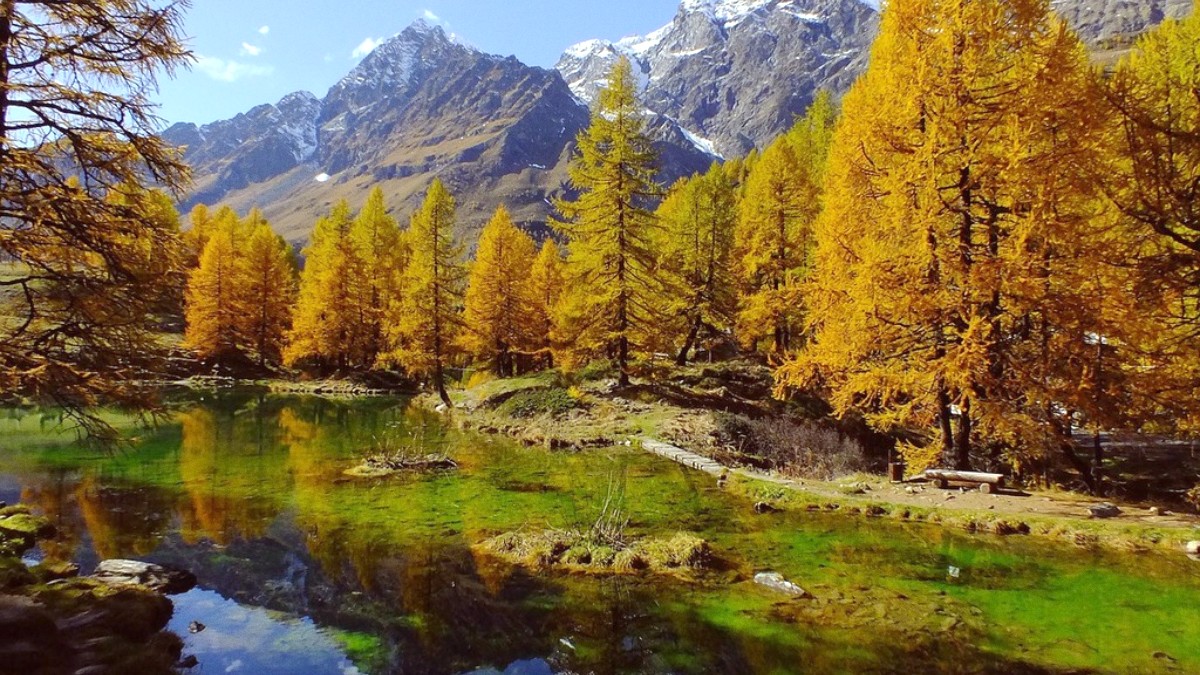
Liguria Piedmont And Valle Daosta, Italy
Aosta city maintains a local bus network, covering points within the urban area. The broader Aosta Valley region gains service from a comprehensive network of regional buses. These buses link Aosta with other significant towns, popular valleys (like Val Ferret, Valtournenche, Val d'Ayas), and major ski resorts like Courmayeur, Cervinia, and Pila.
This regional bus system often is the most practical way to explore beyond Aosta city without a private vehicle. The main public transport hub in Aosta is the bus station, conveniently adjacent to the train station. Here, departure points for both local city buses and regional lines are found.
Route maps for local city buses are at bus stops or the tourist office. For regional routes, schedules are at the bus station or online (Lovevda.it/en).
Newer buses may feature ramps. Aosta city center is generally flat for easy navigation. Older historical sites may pose challenges due to stairs or uneven surfaces.
Utilize Google Maps for route planning and real-time bus info. Double-check schedules as they may change seasonally or on holidays. Arrive a few minutes early at bus stops.
Major companies (Hertz, Europcar, Avis, Budget, Sixt) at airports and sometimes Aosta city. Driver age 21+ (25 for some cars). Valid license and IDP needed. Credit card for deposit. DiscoverCars.com offers competitive rates.
Less common than in coastal cities, available from specialized shops in larger tourist towns or ski resorts. Great for mountain roads in summer.
No city-wide sharing program. Shops in Aosta and valley towns rent bicycles, including E-bikes for easier mountain ascents.
Drive on the right. Seatbelts mandatory. Headlights in tunnels. Speed limits strictly enforced. Winter (Nov 15-Apr 15) mandates snow tires/chains in mountain areas.
Aosta and its surroundings present ample opportunities for active exploration on foot or by bicycle.
Hop-on-hop-off services are not typical for Aosta city. Organized group tours often use private coaches for excursions to regional attractions like castles or mountain resorts.
Boat taxis and water transportation are not applicable for Aosta, as it is a landlocked city in the Alps. Focus on ground and aerial transport options for travel.
Cable cars and funiculars are a core part of the transportation network for accessing ski resorts and high-altitude hiking areas. The Aosta-Pila Gondola directly connects the city center to the Pila ski resort.
Accessibility varies significantly in the Aosta Valley. Newer public transport vehicles and recently constructed tourist attractions increasingly design with accessibility in mind, often featuring ramps and lifts. However, many older historical sites, notably the Roman ruins in Aosta or the medieval castles, and the natural mountain terrain, pose challenges due to stairs, narrow passages, or uneven surfaces.
Research specific locations for accessibility details before visiting.
Pre-booking accessible services is a good idea.
Contact the local tourist office for guidance on accessible routes and attractions.
They can furnish updated information.
For certain routes or attractions, private taxi services may furnish more flexibility.
Confirm vehicle suitability when booking.
For a balance of cost and freedom, consider utilizing regional buses for inter-town travel and renting a car for specific days to explore more remote areas not easily reached by public transport.
Always keep a small amount of cash for bus tickets or smaller purchases, even if relying on cards for most transactions.